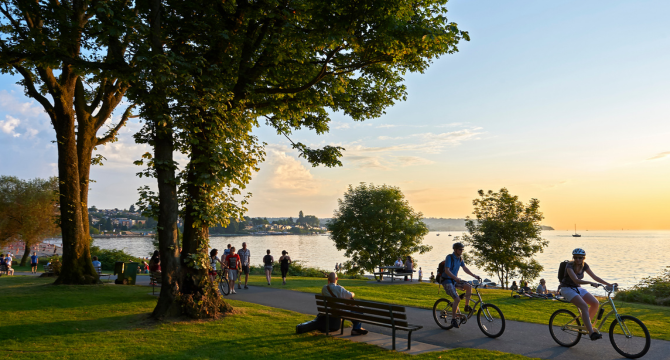

What you need to know
The Healthy City Strategy is guided by our vision of “A Healthy City for All”. It is a long-term, integrated plan for healthier people, healthier places, and a healthier planet.
Our aim is to continually improve the conditions that allow everyone to enjoy the highest level of health and well-being possible. This includes social socioeconomic conditions, access to services, and the communities and environments we engage in.
Review the City Council report PDF file (151 KB) to learn more about how we're renewing our strategy in 2025.
Resources
Healthy City Dashboard
- Find the latest information about health and well-being in Vancouver.
- Review the status, trends, and graphs of health indicators.
Goals and targets
Go in-depth
Updates, documents, and background
Get the full details about the Healthy City Strategy.
Contact us
Email: [email protected]
